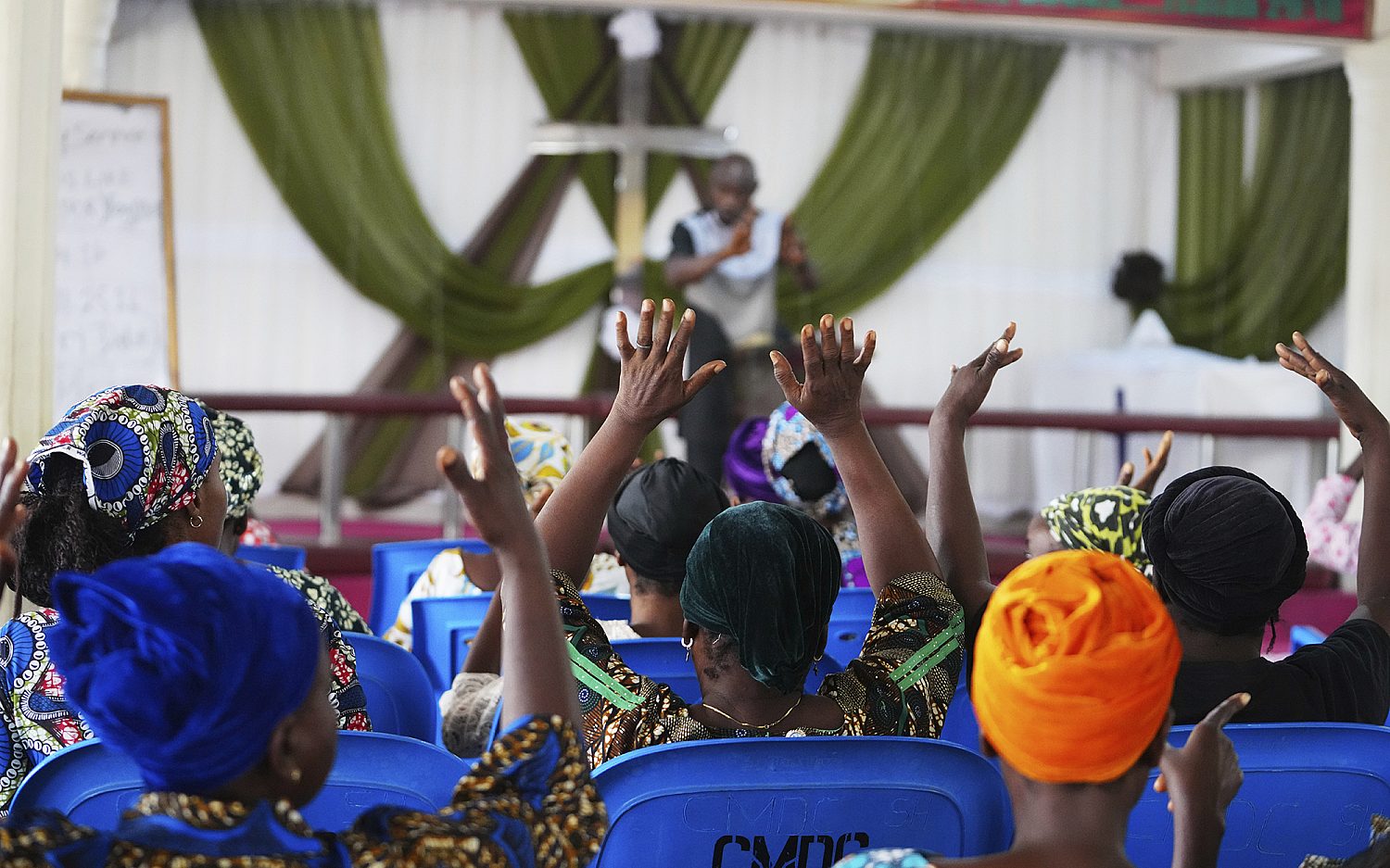Fighting to survive
The country has been described as 'the most dangerous place to be born'
KABUL, Afghanistan-On Thursday two newborns died in the neonatal unit at Kabul's Cure Hospital.
One, a baby boy born to a 22-year-old mom along with a twin girl, died soon after delivery. The other, also a boy, died several hours later of apparent respiratory failure. Both were full-term, and, despite X-rays, examinations, and respiratory treatment as doctors fought to save them, they died of unexplained causes. A chest X-ray on one infant showed a spinal deformity that suggested possible spina bifida and could have been related to the cause of death.
That's significant, said pediatrician Jerry Umanos, because this is the third baby the mother has lost within the first 24 hours of delivery. "If that's what it is then folic acid could take care of it," a routine supplement for expectant mothers in the United States but one that's usually lacking in Afghanistan. Autopsies, which also could help prevent repeat complications, aren't allowed in the country for cultural and religious reasons.
While soldiers battle insurgency and terrorism, health workers in Afghanistan battle to keep much of the rest of the population alive. Cultural norms that deny women access to proper healthcare are a big factor, but so has been the country's 30 years or so of civil war preceding 9/11. The U.S. invasion led to some improvements this decade but many of those have receded as fighting has resurged. Save the Children ranks Afghanistan the worst place in the world for pregnant women, and UNICEF describes it as "the most dangerous place to be born." The mortality rate for children under age 5 is 257 per 1,000 births. With the nine to 10 babies born at Cure Hospital yesterday, that means its infant mortality rate was running about even with the national average.
Female life expectancy is 44 and maternal mortality is 1,600 per 100,000 live births. Badakhshan Province in northeastern Afghanistan is the most dangerous place in the world to be a mother. It has the highest maternal mortality rate in the world-estimated at 6,000 per 100,000 live births-as many mothers die from pregnancy and birth-related complications.
Cure's deputy medical director, Yousuf Khan, came to the 100-bed hospital in Kabul from Badakhshan, where he worked with Swiss-based Medair to set up medical care in 2003. "It had no health facilities, no roads, and was very traditional," he said. "Women could not receive care from men." By the time he left, Medair had established six clinics and was training community health workers. But a number of health workers I've talked to in Kabul say that kind of progress has been slowed not only by insecurity in some provinces but also by bureaucratic delays and obstruction by the Karzai government.
That means that a lot of Afghans are traveling a long way to get care in places like the Cure facility. It specializes in maternal and child health, but also has a general surgery department and offers family medicine. Established five years ago the Pennsylvania-based Cure International organization, which runs hospitals in other war-torn countries, it took over a facility that once housed a well-established eye hospital. In 1996 it shut down, and some of it burned during the Taliban invasion. Black smudges remain on its linoleum floors where Taliban fighters built indoor fires to camp there. Today Cure runs a working hospital there as well as a medical training and residency programs for the country, as well as a just-begun course to train medical personnel for the Afghan National Army.
But the daily toll of war and deprivation is hard to stop. As I toured the hospital with Khan, a man came into the pediatric ward bearing his nephew and doctors went quickly to work on him. The boy, said Khan, was 14 years old and weighed 17 kilos-that's 37 pounds. He had been ill for months, his uncle said, and had traveled by car from Jalalabad, a four-hour drive. He visited several hospitals that could not treat him before arriving at Cure. Doctors quickly put him on intravenous fluids and oxygen, then began examining him, suspecting tuberculosis or complications related to the disease, but with a long night ahead to chart his case.
See these other reports from Afghanistan by Mindy Belz: Kabul snapshot | Despite being in the midst of a war zone, residents of the capital city press on with their daily lives Police training | With accelerated training, the national police force looks to grow quickly to counter threats throughout the country Traffic surge | A lack of driver training leads to accidents and challenges for U.S. forces trying to build an Afghan army
An actual newsletter worth subscribing to instead of just a collection of links. —Adam
Sign up to receive The Sift email newsletter each weekday morning for the latest headlines from WORLD’s breaking news team.





Please wait while we load the latest comments...
Comments
Please register, subscribe, or log in to comment on this article.